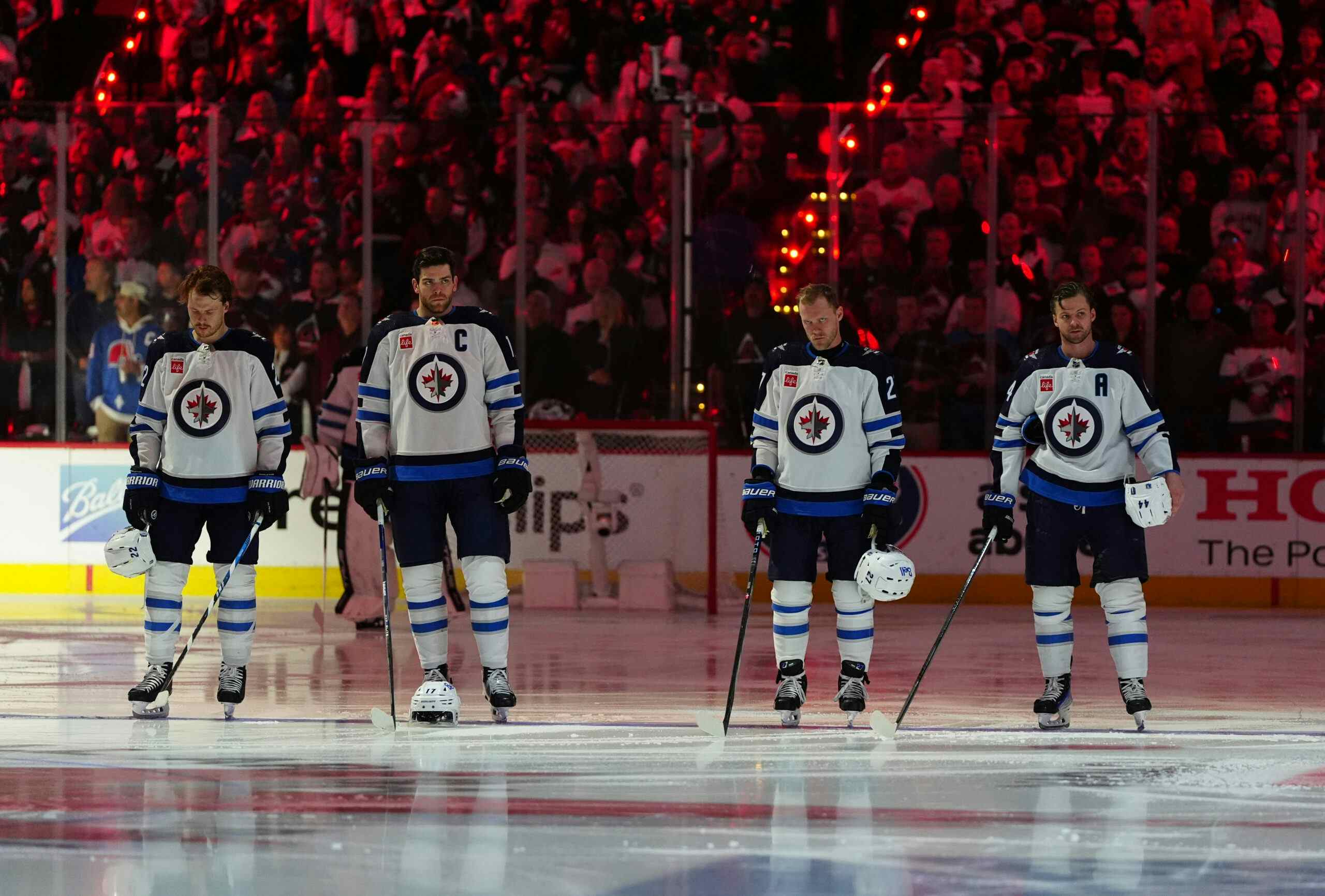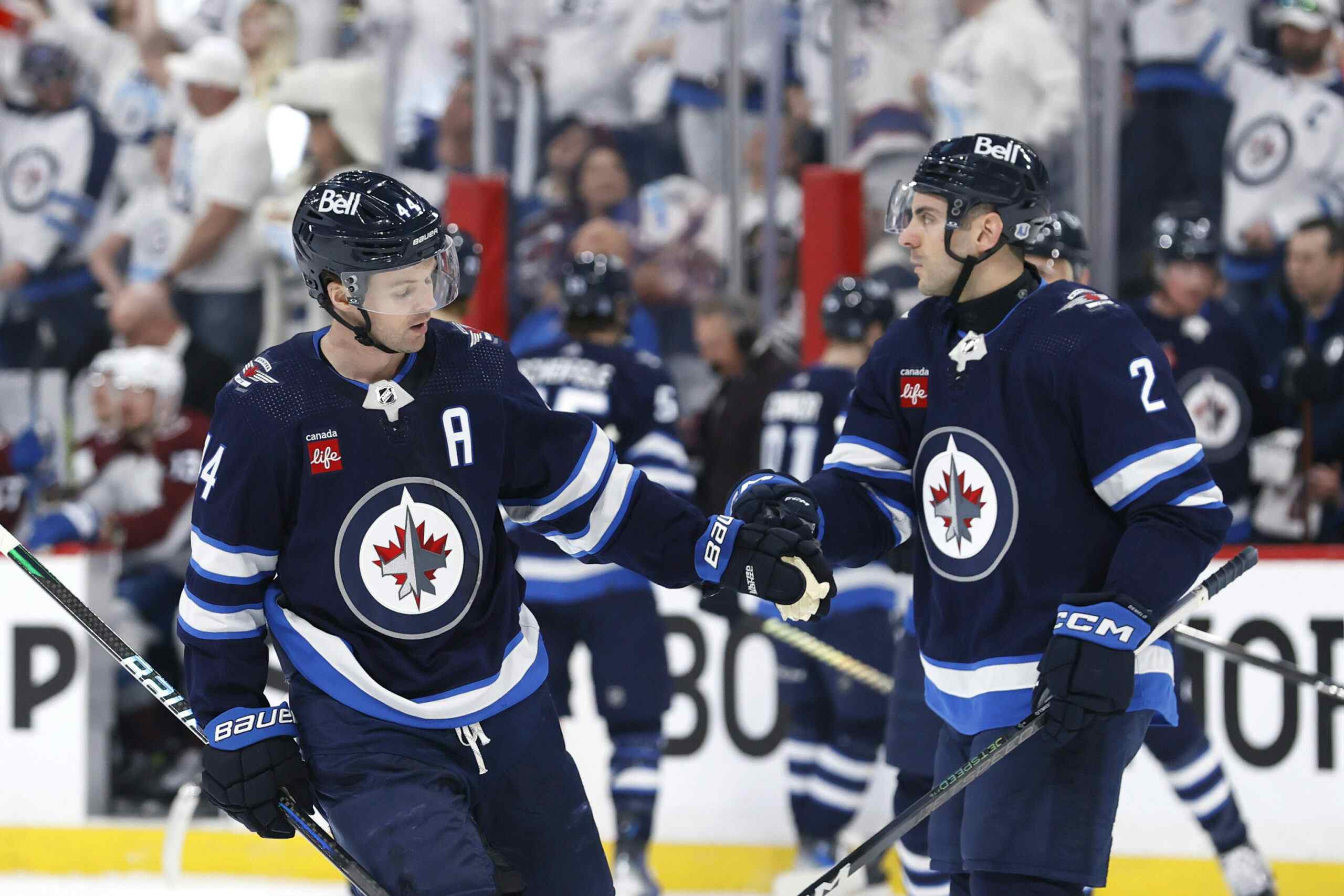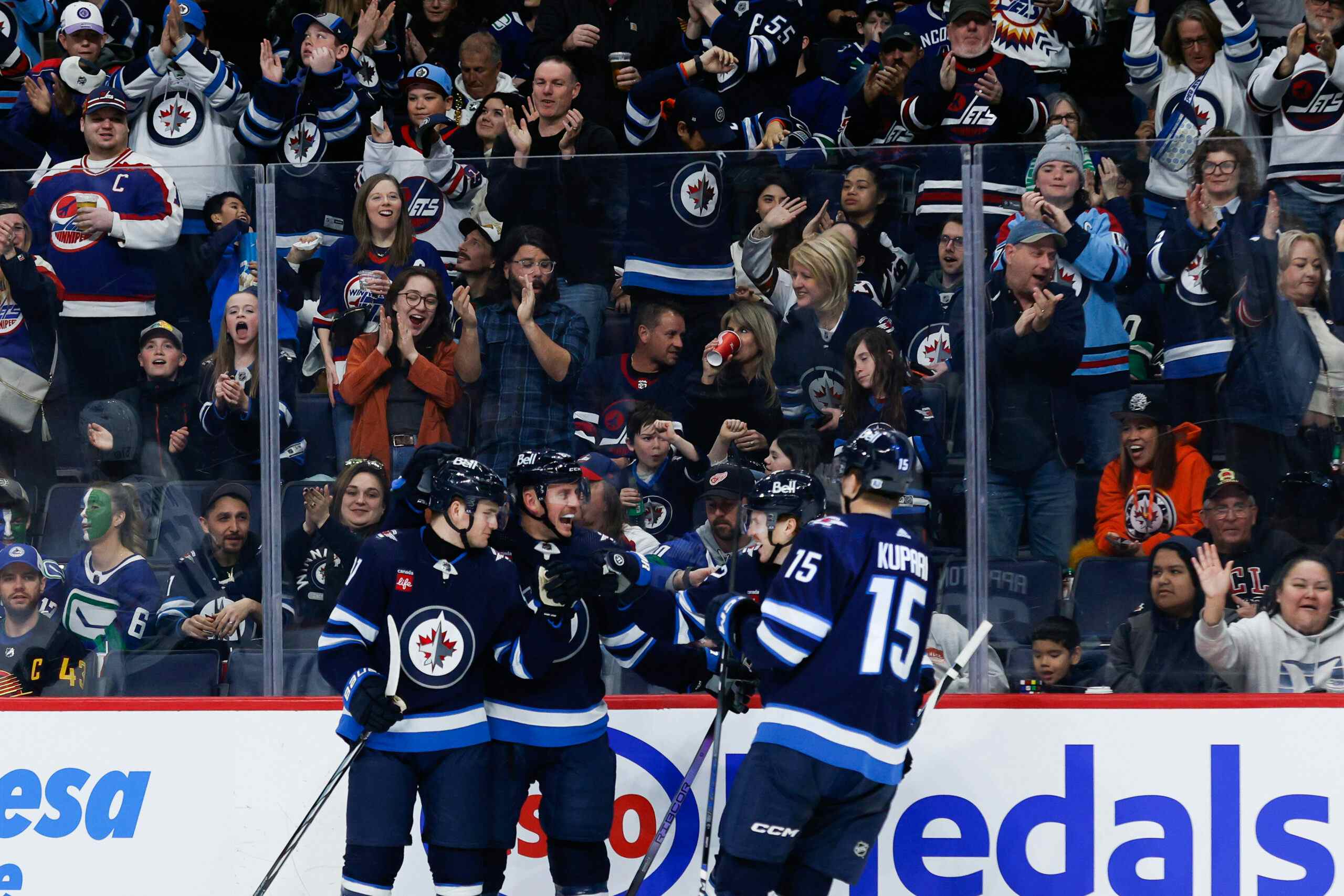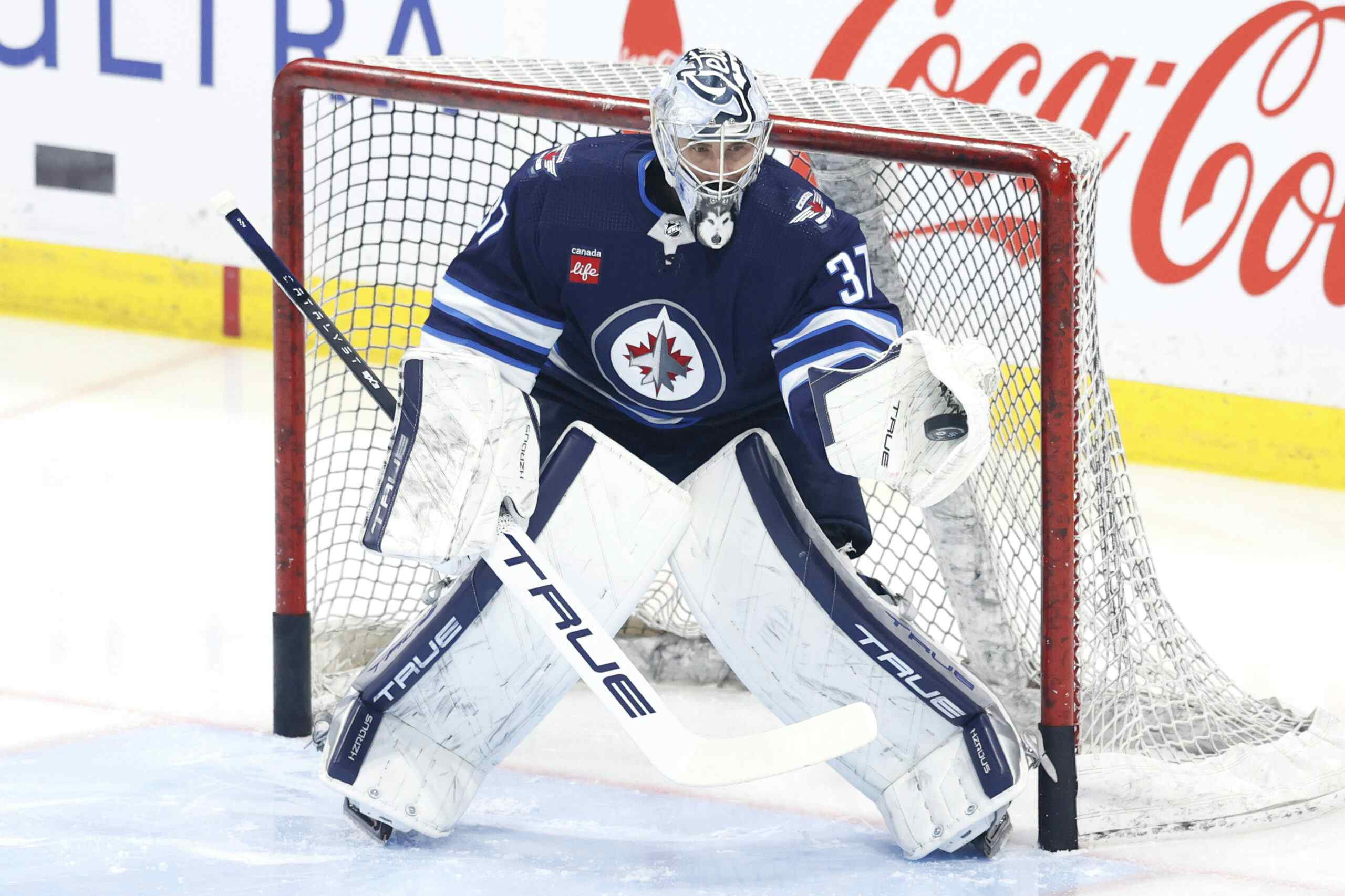Are the Jets Getting Better?

After watching the 4-2 win over Detroit early this week, Jets fans and pundits wondered aloud whether the Jets had turned a corner. It seemed like a whole new team – controlling of the puck, forceful, and dangerous offensively. The team’s first back-to-back wins since games 1 and 2 of the season closed out the week, and the question has to be asked more formally.
Are the Jets getting better?
Yes
Those back-to-back wins weren’t just any wins. A 5-0 crushing of a Predators team that the Jets have dropped two games to already this season was Pavelec’s first shutout. Following that with a dramatic come-from-behind, out-shooting performance against a perennial Western Conference leader almost makes you forget about being worked like a punching bag by Chicago twice this month.
In fact, the Jets now have a winning record in November at 3-2, and are just one win shy of .500 on the season. It’s a step in the right direction in the standings, but the real question is whether there is something behind this forward momentum.
The good news is that there is.
The bad news is that it comes in graphs.
Fenwick

This is a graph taken directly from Extra Skater, a really well organized and visually appealing new advanced stats site.
It’s very simple in nature. It’s measuring cumulative Fenwick, which is just all shots on net and missed shots put together into one number. Here, it’s expressed as a percentage of Fenwick For (FF) vs Fenwick Against. The graph also limits the minutes we’re looking at. This is the Fenwick percentage for only five on five play when the score is within a single goal.
This graph has both some scariness to it, and some hope. By game 5 (4-1 Loss to Dallas), and again in game 7 (3-0 L to Montreal), the Jets reach a 41% share of the shots and missed shots in a game. Mathematically, it might help the reader to be reminded that at 33%, the Jets have been doubled. Against Dallas, they were tripled, and Montreal out-Fenwicked them by a factor of 5 until the game was out of reach. In other words, the puck was in the Jets end, and teams were pounding it at the net.
We know from watching the games that the Jets were getting blown out early and often to start the year. Games were within a goal very briefly after puck drop, and so the shot attempt differential look especially ugly when limited to time in which the game was within a goal.
Still, the Jets badly need to improve at exactly that – staying close in games and not losing the whole thing before the first period is out. It’s that ’60 minutes’ rhetoric they threw around for a while, only in graphical form.
Of course, the good news is that the team has been pulling itself out of that shameful hole. In a cumulative analysis, each game has progressively less weight to it, but we can see a major trend up.
The team is nearing being equal with their opponents in shot attempts when the score is close – and that’s a good way to keep it there.
Corsi
Let’s switch to an even more raw stat – corsi. That’s simply shots on net, missed shots, and blocked shots all rolled into one. I use it and shot attempts interchangibly. The analytical premise behind the stat is that it tells us where teams were on the ice and who had the puck. You can’t shoot if you don’t have the puck, after all, and teams rarely do it unless they’re inside the opponent’s end. So it’s a proxy for possession and territory.
Below, we also get away from the cumulative analysis to look at game by game totals.

Blue is attempts for, red is attempts against. The heavy black line is 50%. We’re still looking at five on five minutes when the score is close.
What I think this shows is two-fold. First, games 3 through 7 were particularly miserable. We kind of already knew that, in that the Jets won just one game in that stretch (game 6 against the Devils). In part, we can blame extremely poor puck possession numbers for those losses, but we were also talking about poor starts back in those days.
Second, we see a different scale of success and failure in the later half – a more reasonable level of variance. Games 13 (Avalanche) and 14 (St Louis) are below the 50% line, but are no where near as bad as early in the season. In game 15 against the Hawks, the team broke even until the score got away from them. We know there’s a difference between shot attempts and scoring chances, and we know by eye that the Jets were out-played in both Chicago games, and against Colorado and St Louis a bit too. But they hung in with some very good teams. It’s not where we want to be as fans, but it’s an improvement over getting shelled by the Stars.
We should keep in mind that game 18 against Nashville has just 6 minutes of even strength time while the score was close. That game got out of hand fast for Nashville, so those numbers in raw form at just 10 shot attempts for, 5 against. Playing San Jose and Detroit, however, the team should be very pleased at sustained pressure when the game was tight.
Sum It Up
These numbers are just one way to see the game. I like to think they add to our viewing, and also hold memories so we don’t have to keep it all straight. My brain is just meat.
By these numbers, we can say the team is improving after a miserable stretch from games 3 to 7. For historical fiction purposes, if we were to take that two weeks out of the Jets’ season, their record would stand at 7-5-2.
The team is still a long way from a contender in the Central Division, but it’s nice to see the season moving in the right direction.
Recent articles from Kevin McCartney





